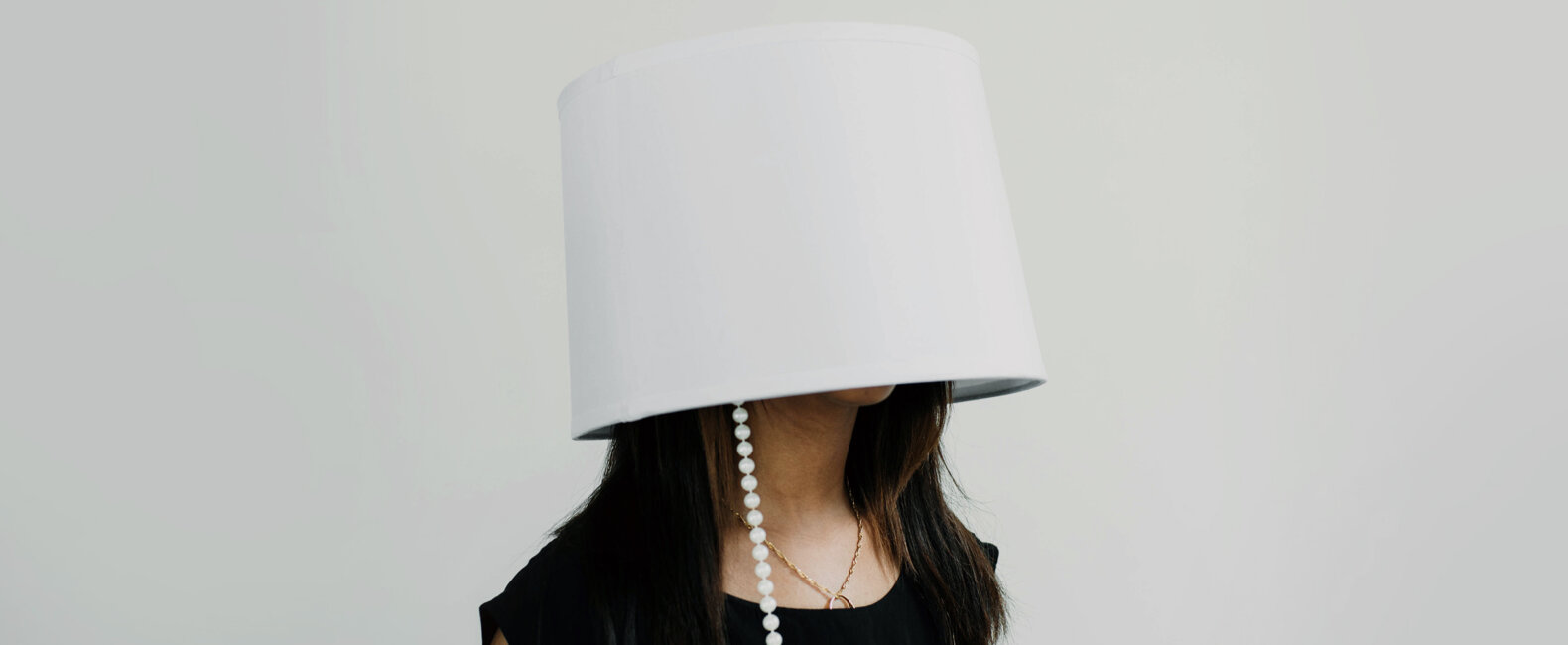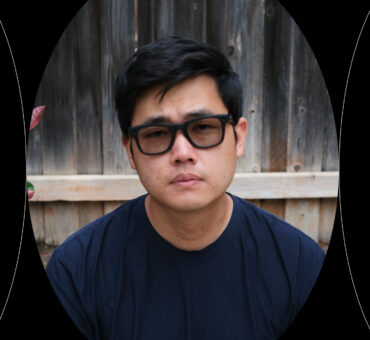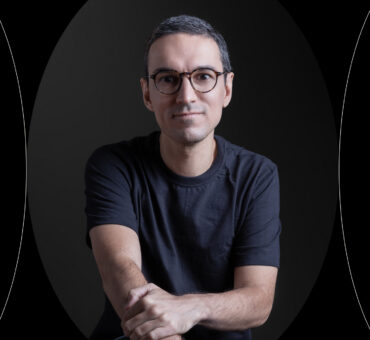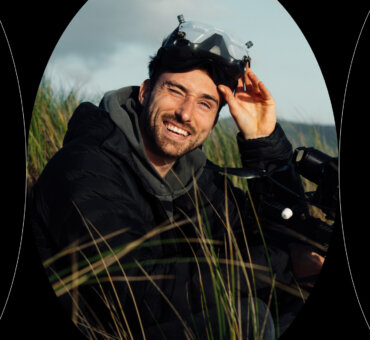In his TED talk on the value of creative sabbaticals, graphic designer Stefan Sagmeister describes a project he orchestrated in which hundreds of volunteers wrote, in coins, “Obsessions make my life worse and my work better.” It’s a distillation of a pervasive idea: that life and creativity are a zero-sum game. Devotion to one destroys the other. But there also comes a point when obsession with art begins to destroy the art itself. It manifests as stagnation. Or worse ⎯ burnout. Which is the whole point of Sagmeister’s talk: Sometimes you need to step away.
Creative rest can be a creative act in itself. Artists need to waste time. The poet John Ashbery said: “I waste a lot of time. That’s part of [the creative process]… The problem is you can’t really use this wasted time. You have to have it wasted.” Of course, “wasted” is a misnomer in this case. What we learn is by having wasted time we give it a certain value. Our frantic need to create is often antithetical to creativity itself. We have to give it a rest. This rest can take many different forms ⎯ daily meditations, weekly days off, yearly vacations ⎯ but like an engine, we need time to idle.
“Idleness is not just a vacation, an indulgence or a vice,” Tim Kreider writes in The New York Times. “It is as indispensable to the brain as vitamin D is to the body, and deprived of it we suffer a mental affliction as disfiguring as rickets. The space and quiet that idleness provides is a necessary condition for standing back from life and seeing it whole, for making unexpected connections and waiting for the wild summer lightning strikes of inspiration — it is, paradoxically, necessary to getting any work done.”
Here are five forms of creative rest we believe are important for anyone who creates.

WALKING
Sometimes the best way to give our minds a rest is to give our bodies a workout. Counterintuitively, as our minds relax, they often come up with their most creative ideas. Walking jostles them loose. It’s a technique that’s been proven not just anecdotally (everyone from Henry David Thoreau to Steve Jobs swore by it), but scientifically. One study found that walking outside produced twice as many creative ideas as sitting in a room. Even subjects who walked on a treadmill while staring at a blank wall were able to produce, on average, 60 percent more ideas that were both novel and appropriate. (That’s the scientific definition of creativity, by the way: novelty + appropriateness.) If you find your ideas getting stale, or if you’re reaching that hyperventilation-inducing point of creative block, give your mind a rest: get your feet moving.

MEDITATION
Nothing shuts down creativity like stress. Similar to athletes, our best work is done with a sense of disciplined effortlessness: a near nonchalance. We have to have clear minds before we can create anything with clarity. Mark McGuinness writes, for the site 99U: “Q
Director David Lynch: “I started Transcendental Meditation in 1973 and have not missed a single meditation ever since. Twice a day, every day. It has given me effortless access to unlimited reserves of energy, creativity and happiness deep within. This level of life is sometimes called ‘pure consciousness’ — it is a treasury. And this level of life is deep within us all.”
Directing coach Adrienne Weiss on the power of meditation: “Most creative people I know — certainly people in the film world — feel this tension to do something good. We live in that state of tension all the time, mistakenly believing the tension is helping us, when really it’s just blocking our creativity. So that’s what I reminded myself when I started having that panic attack: my main job is to stay peaceful and take the actions I need to take.”
Meditation is the simplest thing in the world. You basically put yourself in time-out. You quietly sit alone for 10 minutes. Focus on your breathing. When thoughts come to your mind, good or bad, acknowledge them and let them pass. Don’t beat yourself up because of your frantic mind, but don’t indulge it either. After long enough, your mind will clear, your breathing will slow, and weight you weren’t even aware of will lift off your shoulders. The perfect conditions for a 360 tomahawk jam.

SIDE PROJECTS
Warren Buffet plays the ukulele. Meryl Streep knits. Taylor Swift makes snow globes out of mason jars. Finding a hobby ⎯ even a creative hobby ⎯ outside of your main craft can give your mind the rest it needs. In an article for Fast Company, Kevan Lee writes that side projects function as an important form of mental “recovery.” They are low-pressure creative outlets that boost our creativity as a whole. Companies that encourage employees to pursue side projects find that not only are their employees more engaged in their work, but the side projects themselves are valuable as well. Famously: Google Mail, Uber, and Post-It Notes.
We love Hiut Denim Co’s definition of side projects:
- They don’t have to provide you with a living. You can still eat if they fail.
- They don’t have a deadline. And as there is no time pressure, you don’t revert to your usual formula. You try new things. You experiment. You take risks.
- This is a Labour of Love. You provide the ‘Labour’. And you provide the ‘Love’. So when you spend time on it, it is because you really want to. That keeps you coming back and pushing it on.

SLEEP
There is this ideal image of the red-eyed, manically creative insomniac pounding out divinely inspired screenplays at one, two, three o’clock in the morning. There’s some fantasy of a muse who meets us only after everyone else has fallen asleep. But while this has worked for the famous few, and there is even some scientific evidence to back it up, the far more sustainable approach to sleep is to get as much of it as possible. Sleep deprivation often leads to mental blocks, the inability to solve problems, general stupidity. Studies have called the hindered function of the sleep-deprived brain “severe.” Most people’s brains simply cannot perform their best creative work without the proper amount of sleep. Some even believe sleep leads directly to creativity.
For example: dreaming. Tom Stafford in BBC Future: “The best evidence we have of our mental state when we’re asleep is that strange phenomenon called dreaming. Much remains unknown about dreams, but one thing that is certain is that they are weird.…These bizarre monologues do highlight an interesting aspect of the dream world: the creation of connections between things that didn’t seem connected before. When you think about it, this isn’t too unlike a description of what creative people do in their work — connecting ideas and concepts that nobody thought to connect before in a way that appears to make sense.”
Sleeping is, in some way, a dress rehearsal for creating. Our minds are not only resting, they are processing information, making connections. Honestly, nobody is sure what all is happening, but we do know it’s important. And Stephen King knows it too: “In both writing and sleeping, we learn to be physically still at the same time we are encouraging our minds to unlock from the humdrum rational thinking of our daytime lives. And as your mind and body grow accustomed to a certain amount of sleep each night — six hours, seven, maybe the recommended eight — so can you train your waking mind to sleep creatively and work out the vividly imagined waking dreams which are successful works of fiction.”

SABBATICAL
There comes a time when we need more than just a daily or weekly break from our work. Sometimes we need months. A year, even. Which is what Stefan Sagmeister was talking about in his TED talk. Every seven years, he takes off one entire year to rethink his work and the world. This gives us at least two lessons we can know for sure: (1) it is important to take long bouts of creative rest, and (2) Stefan Sagmeister is rich. So what are the rest of us supposed to do? The ones who can’t afford to take a year off? Well, we do what we can, of course. We take a week off. Two weeks off. We build sabbaticals into our lives however we can, believing we will come back not only refreshed, but in some way, new.
Here are a few sabbatical suggestions, should you ever take one:
Step Away.
As we mentioned before, it’s important to remove yourself from your work, whatever it may be. For many this may mean solitude — a backpacking trip, or even a month-long staycation. For others it may mean pursuing a different interest than their work. It may seem simple, but oftentimes vacations aren’t as restful as they may seem. It’s important to slow down, give time for reflection and the change you need will inevitably come.
Be Active.
A sabbatical is not about taking a break from creativity; it’s about taking a break from creativity as you have known it. Find weirdo projects to complete — stuff you’d never even think about doing now.
Make a Plan.
Sagmeister admits that the first month of his first sabbatical was a disaster, simply because he didn’t have a plan. Decide how you want to spend your time, how your days will look, which books you will read. It’s important to be intentional, even when you’re doing nothing at all.
We all need creative rest. It is not an escape from our work ⎯ it’s an essential extension of it. We will be better filmmakers, photographers, writers, and thinkers when we give our minds the space they need. Now give yourself a break.





















































































